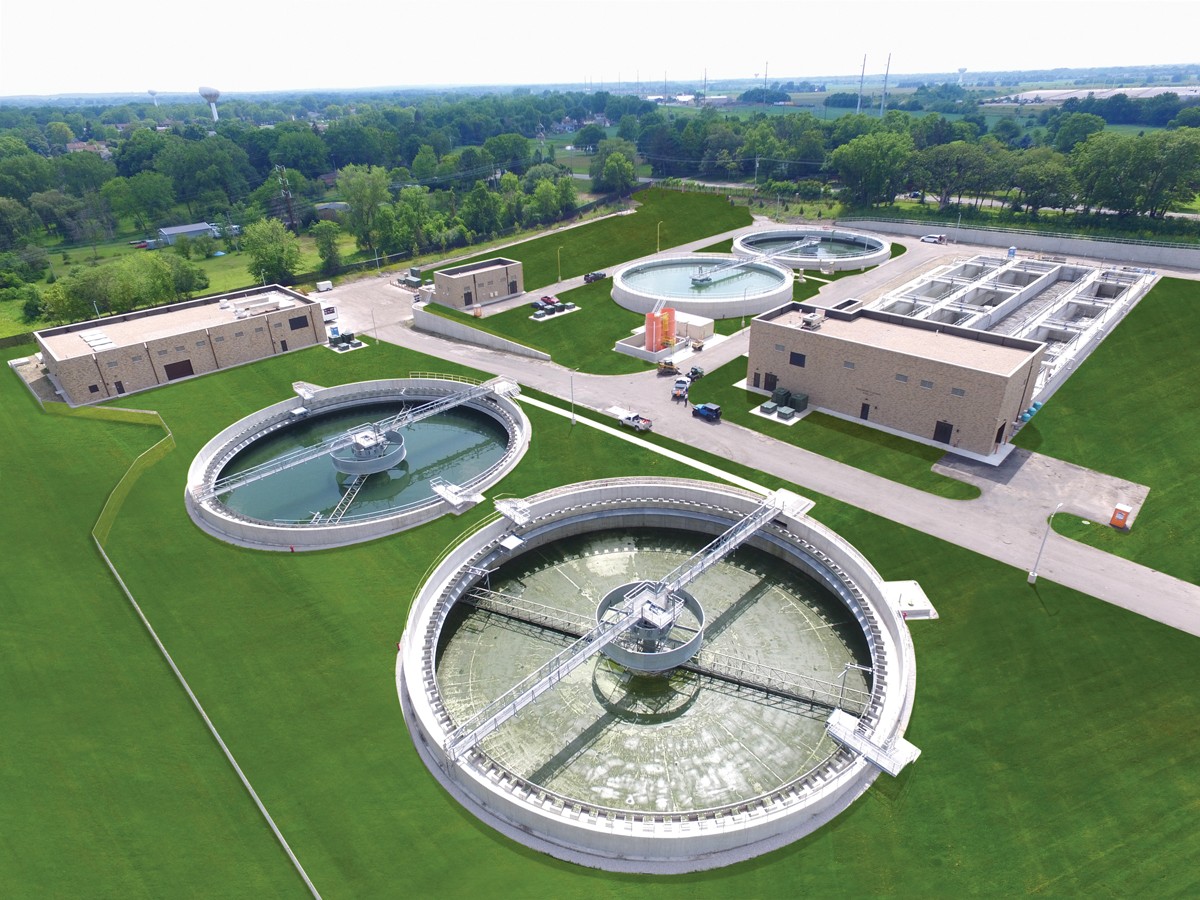Addressing the impacts of aging wastewater infrastructure
Most wastewater treatment equipment lasts 15 to 20 years, while the average wastewater treatment plants have a lifespan of 40 to 50 years. That means a majority of Publicly Owned Treatment Works (POTWs) in the U.S., built in the 1970s and 1980s, are nearing or beyond the intended lifespan. Aging pipes, outdated facilities and inefficient technology are taking a toll on POTWs. Here are some of the significant impacts and risks posed by aging wastewater infrastructure.
- Waterway contamination. Freshwater ecosystems are particularly prone to sewage pollution. Poorly treated sewage elevates concentrations of pathogens, heavy metals and nutrients in these ecosystems, including lakes, rivers, streams and underground reservoirs.
- Poor drinking water quality. A major consequence of poor wastewater management and treatment practices is deteriorating drinking water quality. The presence of pharmaceuticals and PFAS discharged from aging wastewater treatment plants into receiving streams that also serve as the source of water for drinking water plants can pose severe health risks.
- Sewage overflows. Sanitary sewer overflows (SSOs) or wastewater leaks are caused by several factors, including damaged or blocked plumbing, improper sewer design and sewer defects. The U.S. Environmental Protection Agency (EPA) suggests that there are at 23,000 to 75,000 SSOs annually in the U.S., causing property damage and threatening public health. SSOs make it easier for people to encounter dangerous pathogens, such as bacteria causing cholera, dysentery and typhoid.
Solutions to address aging wastewater infrastructure
New treatment standards and effluent limitation guidelines, higher energy costs and limited treatment capacity are key reasons to upgrade a wastewater treatment plant. Successfully replacing, repairing and retrofitting of aging wastewater infrastructure requires comprehensive and systematic planning. Here are some solutions to upgrade aging wastewater treatment plants.
|
|
A lack of funds is a major hurdle for communities upgrading aging wastewater infrastructure. In February 2024, the U.S. EPA announced a $2.6 billion investment through the Clean Water State Revolving Funds (SRF) for wastewater and stormwater infrastructure upgrades. Partnering with an expert can help your community secure such funding and devise innovative and sustainable solutions to upgrade your local wastewater treatment plant.
How Fehr Graham can help develop wastewater solutions for communities
At Fehr Graham, we are a team of licensed engineers and wastewater operators who help municipalities evaluate the impacts of aging wastewater infrastructure and develop environmentally compliant and cost-effective solutions to improve treatment processes. We also help communities create custom and competitive grant applications to secure funding for upgrading and retrofitting wastewater treatment plants.
To learn about the impacts of aging wastewater infrastructure and how Fehr Graham can help your community develop cost-effective wastewater treatment solutions, contact us or give us a call at 217.352.7688.

|
Matthew Johnson is a Professional Engineer and Structural Engineer with comprehensive experience leading water and wastewater infrastructure projects. As one of the firm’s owners, he works with clients to find solutions that best meet their needs. Matthew’s a firm believer that one size (or solution) does not fit all, so he listens to clients to help them get the outcome that’s best for their situation. He has a knack for explaining complex situations in easy-to-understand ways so clients can make the best decisions. He can be reached at This email address is being protected from spambots. You need JavaScript enabled to view it.. |


